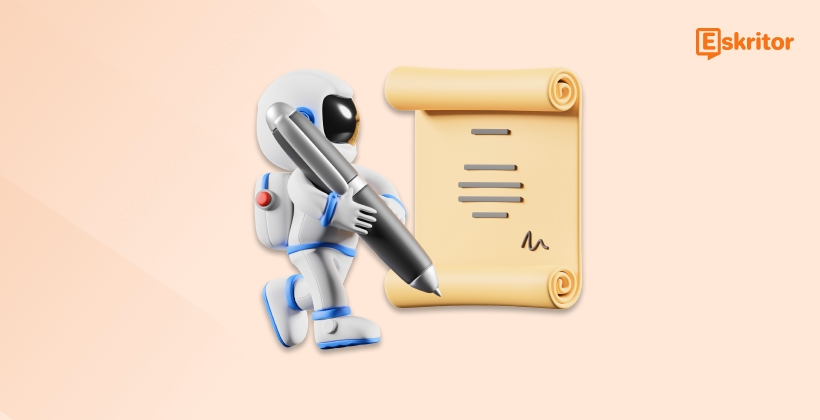The Future of AI Writing Technology Explained
The Future of AI Writing Technology Explained
Blog Article
The Future of AI Writing Technology Explained
As artificial intelligence (AI) evolves, it remains to revolutionize exactly how we strategy contemporary modifying practices. From syntax correction tools to sophisticated material technology platforms, AI Editing is reshaping the way writers, authors, and designers improve their work. That website considers the role AI represents in contemporary modifying and the affect it's across industries.

AI-Powered Tools Primary the Demand
AI-powered resources have become an crucial part of editing workflows. Computer software fueled by normal language processing (NLP) and machine learning can perform tasks like grammar checks, stylistic recommendations, and word restructuring with extraordinary rate and accuracy.
For example, AI-based syntax checkers can recognize mistakes that the human eye might ignore, such as subject-verb contract dilemmas or lost modifiers. Likewise, design improvements made by AI make certain that tone and flow arrange with the intended audience, that will be important for professional editors.
These instruments are not only limited to traditional syntax corrections. They can handle increasing readability, transforming passive voice to productive voice, and even paraphrasing whole paragraphs without changing the meaning.
Efficiency Matches Time Savings
Reports reveal that the utilization of AI resources can minimize modifying time by as much as 30%. In place of poring around every word physically, editors may focus their initiatives on creative and proper elements of content. That shift enables professionals to handle higher quantities of text in faster periods, that will be especially valuable for industries like writing and digital marketing.
Moreover, predictive AI characteristics may spotlight continuing mistakes, helping authors improve their skills around time. For agencies, that translates to fewer resources allocated to changes and more finished results from the start.
Increasing Accessibility and Globalization
AI's position in modern modifying runs beyond efficiency. Advanced translation and localization instruments allow designers to modify material easily for international audiences, deteriorating language barriers with precision. This engineering guarantees that the same information can resonate with countries worldwide while maintaining its authenticity.
AI also improves inclusivity criteria by increasing availability in content. Like, formulas can identify potentially non-inclusive language and recommend alternatives. That potential enables authors to refine publishing so it resonates with varied audiences.

Striking a Stability Between AI and Individual Creativity
While AI excels in pace and accuracy, it generally does not replace human editors. Machines usually lack the ability to interpret nuance, feeling, or social context fully. The best process includes AI's performance with individual imagination and perception, resulting in truly extraordinary work.
By leveraging these systems in contemporary modifying techniques, designers and authors equally may create high-quality material that aligns with the fast-paced requirements of today's electronic world. AI could be the future of modifying, however the individual feel can be required for storytelling and connection. Report this page